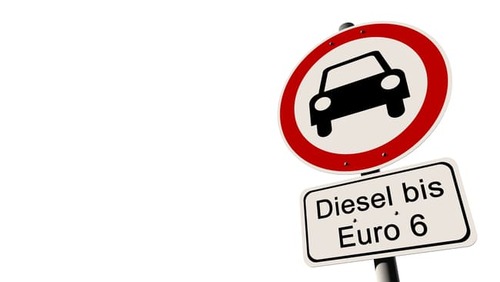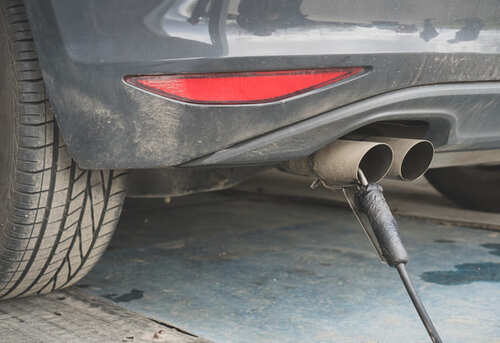Euro 6 is a European emission standard that sets strict limits on harmful vehicle pollutants, including nitrogen oxides (NOx), carbon monoxide (CO), hydrocarbons (HC), and particulate matter (PM). Implemented in 2014, it aims to reduce harmful emissions from diesel and petrol vehicles, improving the air quality and protecting public health.
Euro 6 regulations require all new vehicles to have advanced emission control technologies, like diesel particulate filters and selective catalytic reduction systems, in addition to the fundamental ones, such as the EGR valve and car oxygen sensors. They help to reduce greenhouse gas emissions and smog, ensuring ecosystems are protected and respiratory conditions are prevented.
What is Euro 6?

In short, Euro 6 is a European emissions standard that sets strict limits on the amount of harmful pollutants, such as nitrogen oxides (NOx) and particulate matter, that passenger and commercial vehicles can emit to reduce air pollution. If your car meets the standard, it will be classified as a Euro 6 car; this information can usually be found in the vehicle’s documents.
When did Euro 6 start?
The latest Euro 6 standard was first implemented in September 2014 in the EU and UK, affecting the majority of new vehicle registrations by the following year. Since 01 January 2021, all new vehicles have been subject to updated testing requirements under Euro 6d although the limits remain unchanged. A new, more stringent emissions standard - Euro 7 is scheduled to be introduced in 2025.
Euro 6: diesel
Diesel vehicles, in particular, are subject to stricter limits due to their higher NOx and particulate emissions compared to petrol vehicles. Under Euro 6 regulations, diesel cars cannot emit more than 80 mg/km of NOx, while for petrol cars, the limit is 60 mg/km. Particulate matter (PM) limits for both fuel types are capped at 4.5 mg/km.
To achieve this, car manufacturers have employed solutions, such as a car DPF filter, which captures and stores particulate matter (soot) produced during combustion, or selective catalytic reduction systems that inject a urea-based additive into the exhaust stream to convert NOx into water vapour.
Euro 6: petrol
For petrol cars, Euro 6 standards primarily focus on reducing emissions of carbon monoxide, hydrocarbons, nitrogen oxides, and particulate matter. While they are slightly more lenient, the regulations require petrol engines to feature technologies such as improved car catalytic converters and more efficient fuel injection systems to achieve lower emission levels.
Is Euro 6 ULEZ compliant?

Most Euro 6 cars can travel through Ultra Low Emission Zones, however, this may vary depending on the city’s local regulations. In London, for example, diesel vehicles must be compliant with Euro 6 standards whereas petrol cars only need to comply with Euro 4 standards. You should check before you purchase a vehicle or drive into a new city.
Is my car Euro 6?
As a general rule, almost all cars registered from 01 September onwards fall into the Euro 6 classification. However, if you are unsure, it is worth consulting your local dealership or double checking the vehicle’s registration documents for more information. If your vehicle doesn’t meet the required standards and you drive an ULEZ, you may have to pay a fee/toll.
Euro 5 vs Euro 6
Euro 5 is the predecessor of Euro 6, representing a different level of emission regulations for vehicles in Europe, and is less strict overall. Here's a brief comparison:
- Nitrogen oxides (NOx): Euro 5 allows 180 mg/km of NOx for diesel cars, while Euro 6 reduces it to 80 mg/km.
- Particulate matter (PM): Both Euro 5 and Euro 6 have stringent limits on particulate matter, but Euro 6 also requires particulate filters for direct-injection petrol engines to reduce PM emissions further.
- Hydrocarbons (HC) and carbon monoxide (CO): Euro 6 limits are stricter for both HC and CO, requiring vehicles to produce fewer pollutants overall compared to Euro 5.
Top products related to this topic:










































